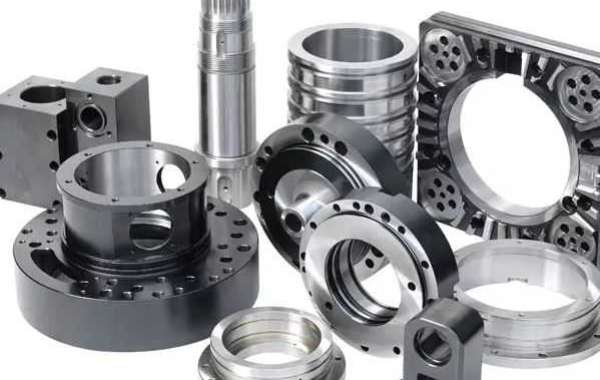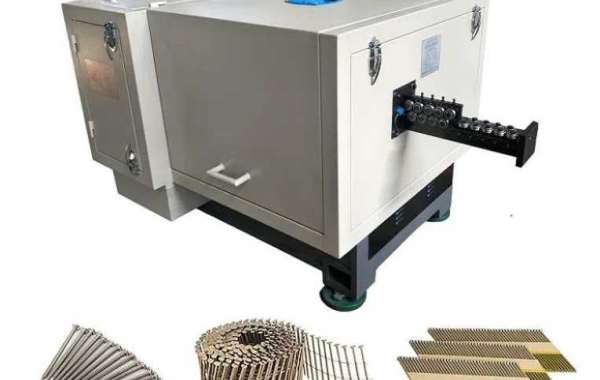CNC machining is a critical component of modern manufacturing, offering unmatched precision and efficiency. A crucial aspect of CNC machining is the selection and use of endmills, which play a vital role in determining the quality and efficiency of the machining process. In this guide, we delve into the intricacies of endmills, their types, and other important considerations for CNC machining. By partnering with a reliable CNC machining service manufacturer like Diecasting-Mould, you can achieve superior results in your manufacturing projects.

What Are Endmills?
Endmills are cutting tools used in milling applications. Unlike drill bits, which cut only axially, endmills are capable of cutting in multiple directions, including axially and radially. They are used in a variety of milling applications, from contouring and profiling to slotting and drilling.
Types of Endmills
Endmills come in various shapes and sizes, each designed for specific applications. Here are some common types of endmills:
- Square Endmills: These endmills have a flat end and are used for general-purpose milling. They are ideal for slotting, profiling, and contouring.
- Ball Nose Endmills: With a rounded end, these endmills are used for 3D contouring and surface finishing. They are essential for complex geometries.
- Corner Radius Endmills: These endmills have rounded corners, which help reduce stress concentrations and extend tool life. They are commonly used in mold-making.
- Roughing Endmills: Designed with serrated cutting edges, roughing endmills remove large amounts of material quickly, making them suitable for roughing operations.
- Finishing Endmills: These endmills have finer cutting edges for precision finishing operations, providing smooth surface finishes.
Key Considerations for Choosing Endmills
When selecting endmills for your CNC machining project, consider the following factors:
1. Material of the Workpiece
The material being machined plays a significant role in determining the type of endmill to use. Different materials require different cutting tools to achieve optimal results.
- Soft Metals (Aluminum, Brass): For soft metals, high-speed steel (HSS) endmills are often sufficient. However, carbide endmills provide better performance and longer tool life.
- Hard Metals (Steel, Titanium): Carbide endmills are preferred for hard metals due to their hardness and heat resistance.
- Plastics and Composites: Specialized endmills with sharper cutting edges and appropriate coatings are used for plastics and composites to prevent melting and ensure a clean cut.
2. Tool Coatings
Coatings enhance the performance of endmills by reducing friction, increasing hardness, and improving heat resistance. Common coatings include:
- TiN (Titanium Nitride): Provides increased hardness and wear resistance.
- TiCN (Titanium Carbonitride): Offers better wear resistance and lower friction than TiN, suitable for harder materials.
- AlTiN (Aluminum Titanium Nitride): Provides excellent heat resistance and wear protection, ideal for high-speed machining.
- Diamond Coatings: Used for machining non-ferrous materials and composites, offering exceptional wear resistance.
3. Flute Count
The number of flutes on an endmill affects the tool's performance and suitability for different materials and operations.
- 2-Flute Endmills: Ideal for slotting and pocketing in soft materials. They provide excellent chip clearance.
- 4-Flute Endmills: Suitable for finishing operations and harder materials. They offer a better surface finish but less chip clearance.
- 3-Flute Endmills: A good compromise between 2-flute and 4-flute endmills, providing a balance of chip clearance and surface finish.
Practical Applications of Endmills in CNC Machining
Endmills are versatile tools used in various applications, each requiring careful consideration of the factors mentioned above. Here are some practical applications:
1. Aerospace Industry
In aerospace, precision and reliability are paramount. Endmills are used to machine components such as turbine blades, structural parts, and engine components, which require high accuracy and superior surface finishes.
2. Automotive Industry
The automotive industry relies on endmills to produce parts like engine blocks, transmission components, and intricate body parts. The use of carbide endmills with appropriate coatings ensures durability and high performance.
3. Medical Devices
Medical devices and implants demand stringent tolerances and biocompatibility. Endmills with specialized coatings and materials are used to machine surgical instruments, orthopedic implants, and dental devices, ensuring precision and safety.
4. Electronics Industry
Endmills are essential for machining components in the electronics industry, such as housings, connectors, and circuit boards. The ability to produce fine features and tight tolerances is critical in this sector.
Partnering with Diecasting-Mould for CNC Machining Services
Choosing the right CNC machining service manufacturer is crucial for achieving high-quality results. Diecasting-Mould is a leading provider of CNC machining services, offering expertise, advanced technology, and exceptional customer support.
Why Choose Diecasting-Mould?
- State-of-the-Art Equipment: Diecasting-Mould utilizes the latest CNC machines and software, ensuring precision and efficiency in every project.
- Experienced Team: Our skilled engineers and machinists bring years of experience to each project, delivering top-notch results.
- Comprehensive Services: From prototyping to large-scale production, Diecasting-Mould offers a full range of CNC machining services to meet diverse needs.
- Quality Assurance: Rigorous quality control measures ensure that each part meets exact specifications and industry standards.
- Customer Support: Our dedicated customer support team is always available to assist with any queries and ensure a smooth process.
Case Study: Student and Teacher Collaboration
To illustrate the practical application of CNC machining and endmill selection, consider a scenario involving a collaboration between a student and a teacher in a mechanical engineering course:
Project Overview: The project involves designing and machining a custom part for a small-scale UAV (Unmanned Aerial Vehicle) using CNC machining. The goal is to create a lightweight, high-precision component that can withstand aerodynamic forces.
Initial Consultation
The student consults with the teacher to discuss the project requirements, material selection, and design considerations. They decide to use aluminum for its lightweight and machinability properties. The teacher emphasizes the importance of selecting the right endmill for the job.
Design and Simulation
The student uses CAD software to design the part, incorporating features such as fillets and uniform wall thickness to optimize machinability. They simulate the machining process to identify potential issues and refine the design accordingly.
Endmill Selection
Based on the design and material, the student and teacher choose a 4-flute carbide endmill with a TiAlN coating for its excellent performance with aluminum. The teacher explains the benefits of using a 4-flute endmill, including better surface finish and longer tool life.
Machining and Quality Control
The student sets up the CNC machine, installs the endmill, and programs the machine using the G-code generated from the CAD model. The machining process is closely monitored to ensure accuracy. After machining, the part undergoes quality control checks to verify dimensions and surface finish.
Final Assembly and Testing
The finished part is integrated into the UAV, and the student conducts flight tests to evaluate its performance. The part meets all specifications, demonstrating the success of the project and the importance of proper endmill selection and CNC machining practices.








